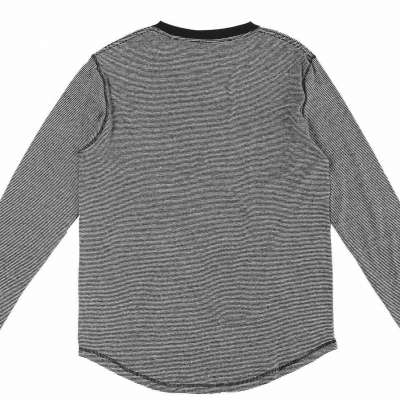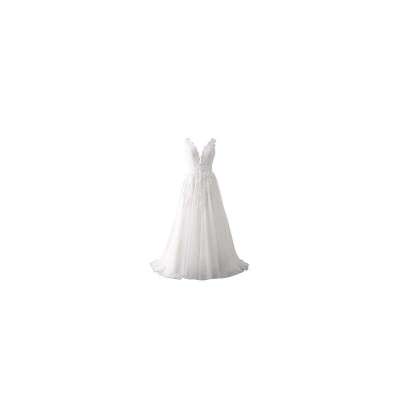
www.thegospelcoalition.org
Was Jesus a Priest? Look at His Clothes.
While preaching through Exodus, I was struck afresh by the amount of space devoted to the high priest’s clothing (Ex. 28:1–43; 39:1–31). These Old Testament details might seem tedious, but paying attention helps us understand the sufficiency of Christ’s high priestly sacrifice on our behalf.
Let’s consider a few examples from the Gospel of John to show how Jesus’s clothing testifies to his priesthood and perfect self-sacrifice.
Untorn Tunic and Torn Flesh
John’s Gospel describes Jesus’s clothing during his Passion and the clothing he left behind after his resurrection. Before the soldiers crucified Jesus, they stripped him of his clothing and divided them (John 19:23). They took Jesus’s tunic, a shirt worn next to the skin. “Tunic” (chitōn) is a term that appears in the Greek Old Testament in Exodus and Leviticus to describe the priestly garments (e.g., Ex. 28:4, 39, 40; 29:5, 8; Lev. 6:10; 8:7, 13; 16:4). It also appears in Genesis 3:21 as the “garments” (chitōn) God made to cover Adam’s and Eve’s nakedness.
John tells us the soldiers refused to tear Jesus’s tunic, a detail that may seem insignificant except that Old Testament priests weren’t allowed to serve God with torn clothes (Lev. 21:10; see Ex. 28:32). John wants us to see Jesus’s clothes as part of his priestly identity.
Yet unlike the Old Testament priests, Jesus didn’t wear priestly garments to cover his naked flesh when he offered himself as a sacrifice for sin. God covered the first Adam’s sin, knowing he’d eventually expose the second Adam on the cross as our substitute. Jesus hung on the cross naked with torn flesh, bearing our guilt and shame. He was exposed so we could be covered.
Two Linen Cloths
Jesus died on the cross and then rose from the dead three days later, leaving behind his linen burial garments. John records that Peter saw Jesus’s “linen cloths” lying in the tomb with Jesus’s “face cloth” folded up by itself (John 20:5–7; see 19:40). A careful reader of John’s Gospel would remember this isn’t the first time resurrection and linen cloths appeared in the narrative.
Jesus was exposed so we could be covered.
Earlier, Jesus raised Lazarus from the dead (John 11), and Lazarus came out of the tomb with “his hands and feet bound with linen strips” and “his face wrapped with a cloth” (v. 44). John may have wanted us to see Lazarus’s resurrection not only as a foreshadowing of Jesus’s own resurrection but as an inferior resurrection. Lazarus, after all, needed someone to unbind him when he came out of the tomb. His clothes weren’t neatly folded and left behind like Jesus’s linen cloths.
Why would that matter? According to Leviticus 16:4, on the Day of Atonement, Aaron was to enter behind the veil to present sacrifices wearing only the “holy linen coat,” the “linen undergarment,” the “linen sash,” and the “linen turban.” After sprinkling blood on the mercy seat to make atonement for sin, Aaron was to take off his linen garments and leave them in the tent of meeting (v. 23). Aaron’s atoning work in God’s house was complete.
Unlike Lazarus’s resurrection, Jesus’s testified to the finality of his work of atonement. Like the high priest in Leviticus 16, Jesus made atonement for sins and took off his linen garments. Lazarus’s resurrection was real, but it wasn’t the decisive defeat of death. Jesus called Lazarus out of the grave, but Jesus still had to make atonement at the cross.
Empty Tomb and Mercy Seat
The allusion to the Day of Atonement at the empty tomb of Jesus is more apparent when we consider that Mary saw two angels at the empty tomb: “She saw two angels in white, sitting where the body of Jesus had lain, one at the head and one at the feet” (John 20:12).
The two angels flanking the place where Jesus’s body had lain recalls the two cherubim overshadowing the mercy seat with their wings stretched out one toward the other (Ex. 25:18–20). They had their faces pointed downward where they could see the sprinkled blood applied to the mercy seat (v. 20).
Like the High Priest in Leviticus 16, Jesus made atonement for sins and took off his linen garments.
Perhaps the symbolism was meant to communicate that the cherubim that once guarded Eden and now guarded the Holy of Holies would see the blood and step aside to allow sinful yet cleansed humanity back into God’s presence. Mary saw two angels because Jesus’s empty tomb became the true mercy seat. When Jesus died on the cross, he cried out, “It is finished” (John 19:30). His work of atonement was complete.
As our great High Priest, he offered his life as a perfect and sufficient sacrifice for sin. His death and resurrection opened the way for sinners like us to have access to the presence of a holy God. Three days after his crucifixion, Jesus rose from the dead, leaving his priestly garments behind. No more work of atonement will ever be needed again. In Christ, we have the forgiveness of sins in full. In Christ, we have eternal life.














